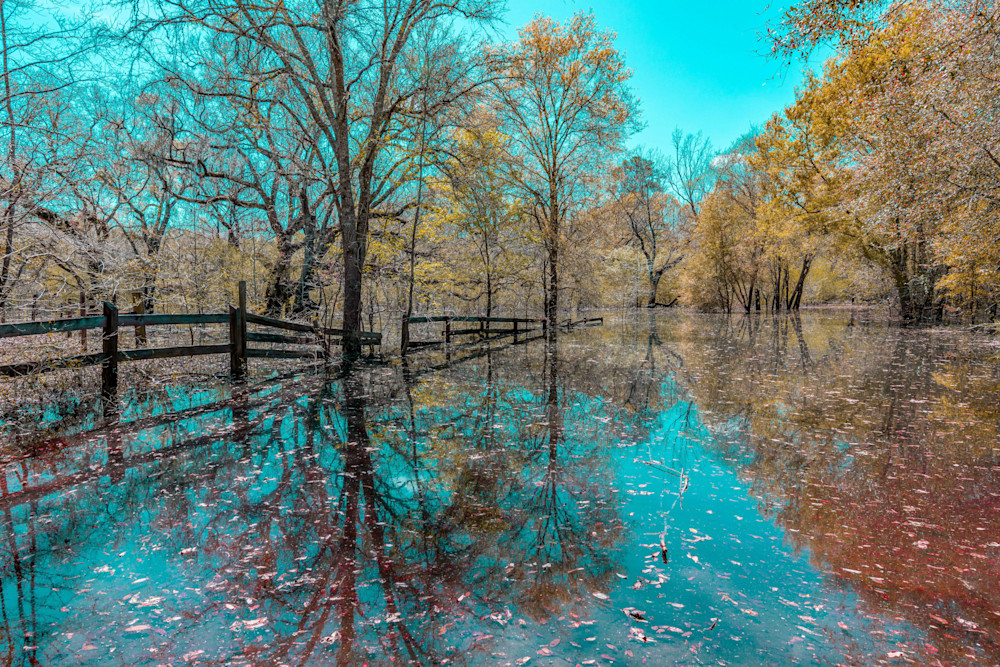When the Suwannee River overflows its banks and submerges the surrounding areas, it can lead to significant flooding and impact the local environment. Flooding events can be natural occurrences, often influenced by heavy rainfall, storm surges, or other weather-related factors. Here's a description of what might happen when the Suwannee River overflows:
**1. Rising Water Levels:**
- As heavy rains or other contributing factors lead to an increase in water flow, the Suwannee River begins to rise. The water level surpasses the riverbanks, gradually inundating adjacent low-lying areas.
**2. Floodplain Submersion:**
- The floodplain along the Suwannee River becomes submerged as water spills beyond the usual river channels. This may include fields, forests, and any structures located in low-lying areas.
**3. Impact on Vegetation:**
- The rising water affects vegetation along the riverbanks. Trees and plants in the floodplain may become partially or fully submerged, depending on the extent of the flooding. Some species are adapted to periodic flooding, while others may face challenges.
**4. Inundation of Infrastructure:**
- Homes, roads, and other infrastructure in the floodplain are at risk of being submerged. Flooding can lead to property damage, and communities in the vicinity may experience temporary isolation as roads become impassable.
**5. Displacement of Wildlife:**
- Wildlife in the affected areas may be forced to move to higher ground. Animals that cannot escape the rising waters quickly enough may face challenges in finding suitable habitats and food sources.
**6. Erosion and Sediment Deposition:**
- The force of the flowing water may cause erosion along the riverbanks. Sediment carried by the floodwaters can be deposited in new areas, altering the landscape.
**7. Impact on Agriculture:**
- Agricultural lands in the floodplain can be submerged, affecting crops and livestock. Farmers may experience crop loss and damage to infrastructure such as irrigation systems.
**8. Response and Mitigation:**
- Local authorities and emergency services respond to the flooding by implementing evacuation plans, providing assistance to affected communities, and monitoring the situation. Efforts are made to mitigate the impact, but flooding events often necessitate a coordinated response from various agencies.
It's important to note that flooding is a natural and recurring process in many river systems, and the Suwannee River is no exception. Management strategies, such as floodplain zoning and early warning systems, are often employed to minimize the impact on communities and ecosystems.














